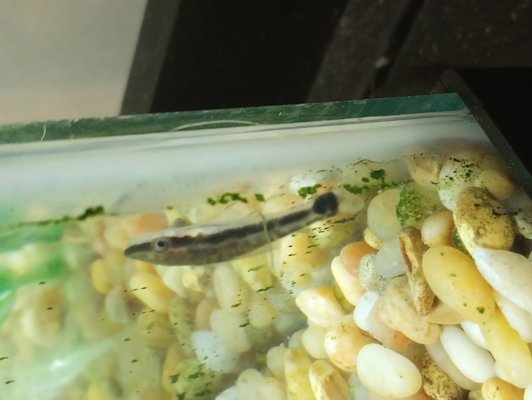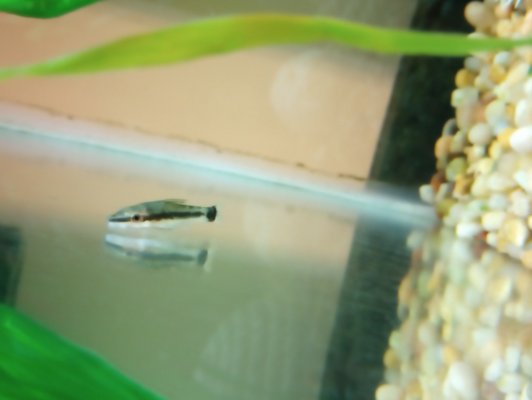larochem595
Aquarium Advice Activist
- Joined
- Oct 29, 2014
- Messages
- 149
Hello,
I recently purchased 2 otocinclus catfish from a chain pet store...
These 2 otos have had long, stringy poo for over a week. I am presently feeding peas (which no one seems to want) and a scant amount of Marineland algae tabs. I highly suspect that the chain pet store was over feeding and only feeding flake foods, which could bind them up but I thought it would have worked it's way out of their system by now...
My other thought is that my tank has been quite full of algae.... These guys have been quite busy making their way around my tank to clean things up. As bizarre as it sounds, could they be over eating on the tank itself??
My last otos lived a solid 6 years and even bred in my tank...never have I dealt with otos overeating...
The good news is that they are active, have nice little bellies,and good color. They are busy doing their usual scrubbing things around the tank so I don't think there's any immediate issues but any thoughts on what I can do to help?? Am willing to post pictures, if needed.
Thank you!
Michelle
I recently purchased 2 otocinclus catfish from a chain pet store...
These 2 otos have had long, stringy poo for over a week. I am presently feeding peas (which no one seems to want) and a scant amount of Marineland algae tabs. I highly suspect that the chain pet store was over feeding and only feeding flake foods, which could bind them up but I thought it would have worked it's way out of their system by now...
My other thought is that my tank has been quite full of algae.... These guys have been quite busy making their way around my tank to clean things up. As bizarre as it sounds, could they be over eating on the tank itself??
My last otos lived a solid 6 years and even bred in my tank...never have I dealt with otos overeating...
The good news is that they are active, have nice little bellies,and good color. They are busy doing their usual scrubbing things around the tank so I don't think there's any immediate issues but any thoughts on what I can do to help?? Am willing to post pictures, if needed.
Thank you!
Michelle


